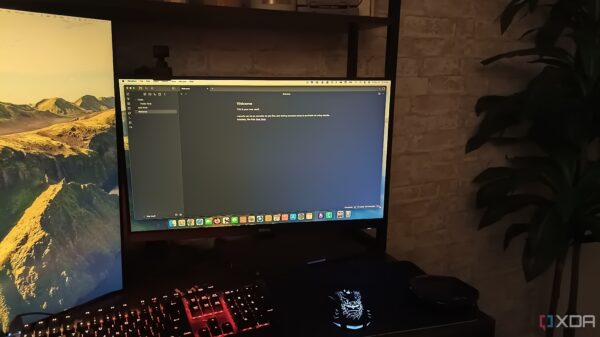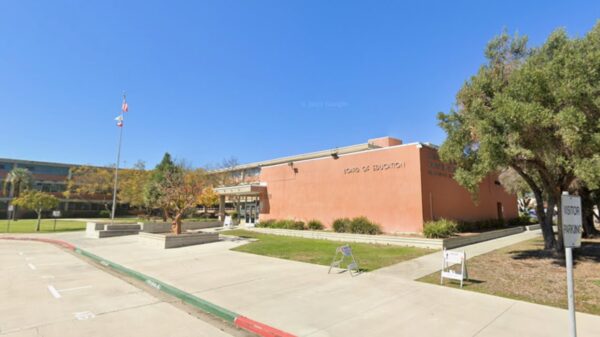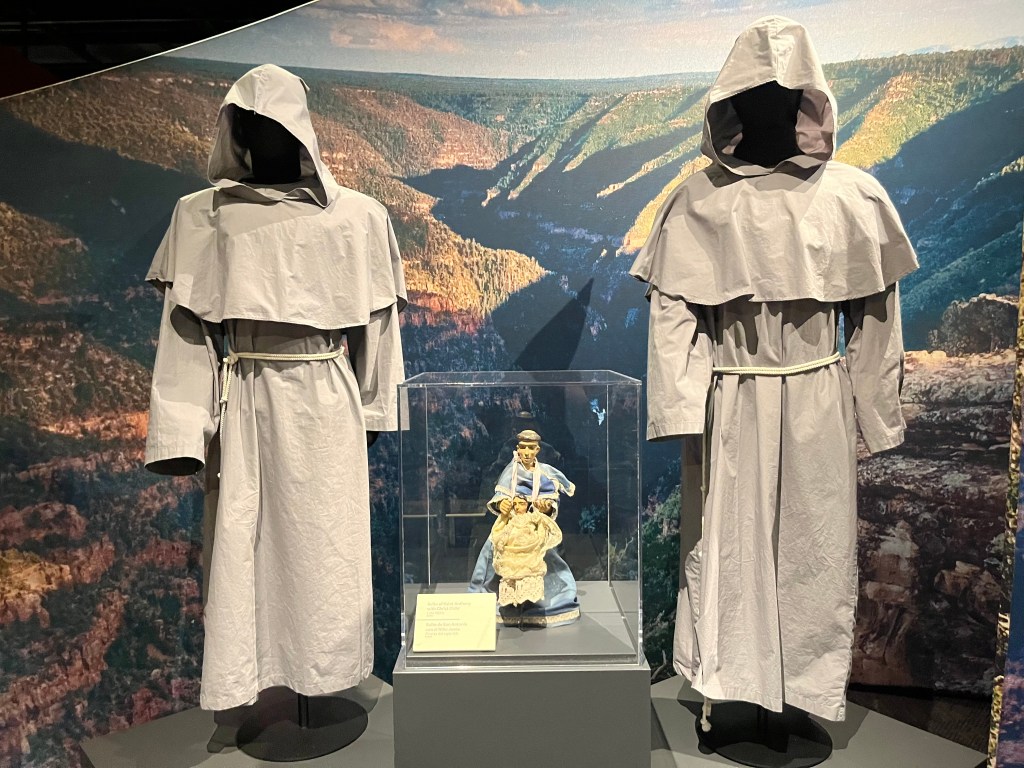A new exhibit at the History Colorado Center titled “Expedition 1776: The Journey of Domínguez & Escalante” offers a comprehensive look at the challenges faced by early explorers in the American Southwest. The exhibition features artifacts, maps, and narratives that detail the expedition led by two Franciscan priests, Francisco Atanasio Domínguez and Silvestre Vélez de Escalante, who set out on July 29, 1776, with the goal of converting Indigenous peoples to Christianity.
This exhibit not only recounts their adventurous journey through what is now New Mexico, Colorado, Utah, and Arizona, but also acknowledges the broader historical context and impact of their expedition. The narrative is enriched with carefully selected artifacts from both the explorers and the Indigenous cultures they encountered, creating a dual perspective on this pivotal moment in history.
A Journey into the Unknown
The Domínguez-Escalante Expedition consisted of a party of 12 individuals who traversed treacherous terrain, facing extreme weather conditions and potential hostilities from the Indigenous tribes. Their mission was underscored by a sense of urgency, as the exhibit notes: “Failing to convert someone meant condemning them to eternal suffering.” The emotional weight of their purpose is palpable throughout the exhibit.
Among the items displayed are religious garments, tools used by explorers, and various artifacts from Indigenous cultures, such as ceramic jars and baskets. This juxtaposition provides visitors with insight into the lives and experiences of both groups during these early encounters. The exhibit includes a long musket, emphasizing that the expedition was armed not just with faith but also with weapons, revealing a complex narrative of exploration.
The Impact of Maps and Representation
Integral to the expedition was mapmaker Bernardo de Miera y Pacheco, whose detailed maps significantly influenced colonial settlement patterns and trade routes. The exhibit showcases his work, illustrating how early maps were crafted from a mix of empirical observation and speculation. Some maps reflect inaccuracies, such as depicting California as an island, yet they also highlight the evolution of cartography and its role in shaping perceptions of the landscape.
The exhibit does not shy away from the darker implications of these maps, which often disregarded Indigenous sovereignty and facilitated European territorial expansion. As noted in the exhibit text: “These maps highlighted resources and geography while disregarding Indigenous sovereignty, portraying the West as land to be claimed.” This duality is crucial in understanding the historical narrative presented.
“Expedition 1776: The Journey of Domínguez & Escalante” successfully balances storytelling with a respect for historical complexities. The exhibition conveys the bravery and determination of the explorers while also recognizing the consequences of their mission for Indigenous populations. The curatorial team has crafted a thoughtful experience that resonates with contemporary audiences, making the exhibit relevant in today’s cultural discussions regarding history and representation.
The exhibit will run until August 2, 2026, allowing ample opportunity for visitors to engage with this significant chapter in American history. For more information, interested individuals can contact the History Colorado Center at 303-447-8679 or visit their website at historycolorado.org.








































































